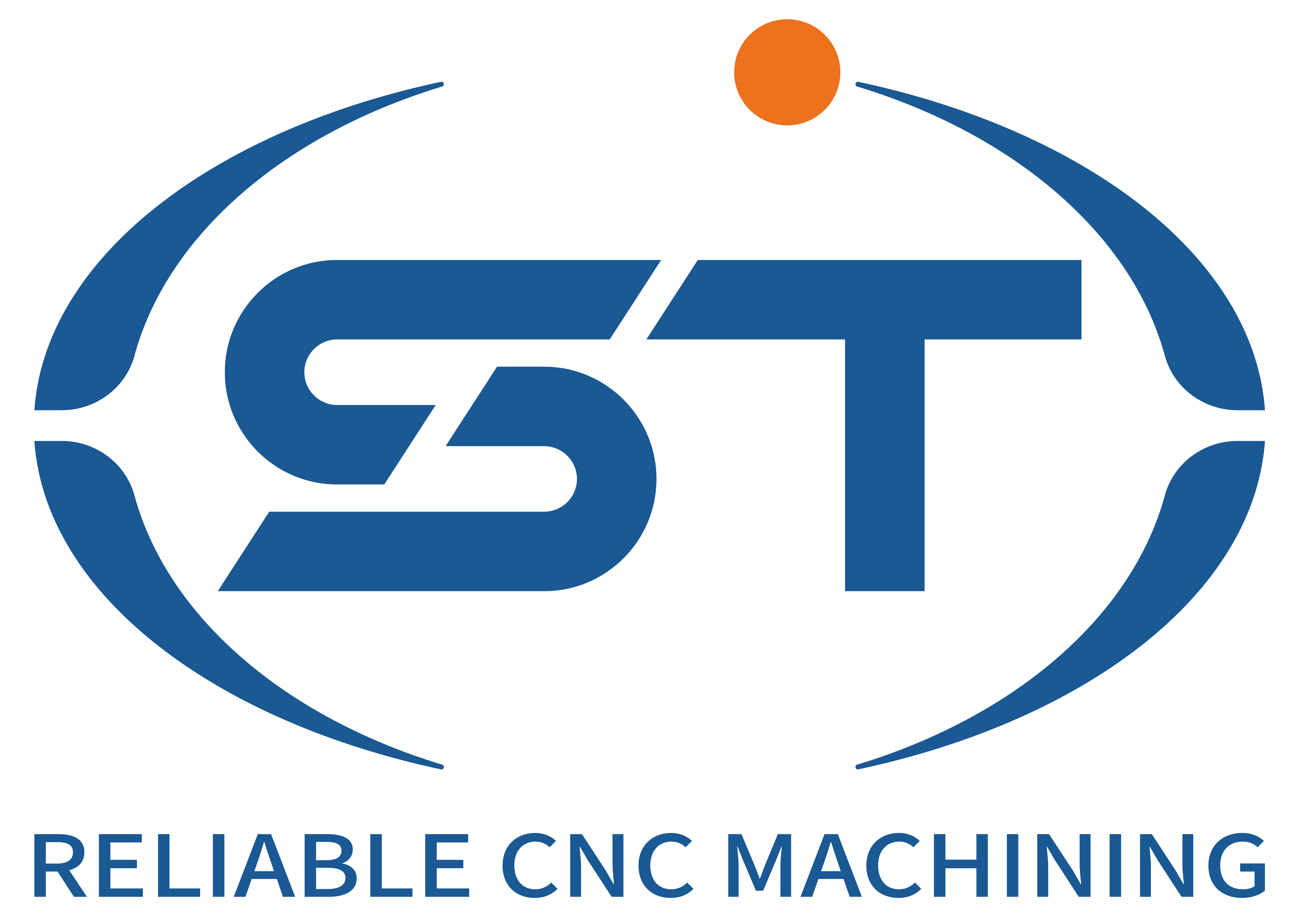Inhoudsopgave
SchakelaarAutomated Loading and Unloading Technologies in CNC Machining for Automotive Components
The automotive industry’s drive for efficiency, precision, and scalability has accelerated the adoption of automated loading and unloading systems in CNC-bewerking. These technologies streamline material handling, reduce labor dependency, and enhance productivity by enabling continuous, error-free operation. Below are key advancements and applications of automated loading and unloading in automotive CNC workflows.
Robotic Arm Systems for Flexible Material Handling
Robotic arms are a cornerstone of automated loading and unloading in CNC machining. Equipped with end-of-arm tooling (EOAT) such as grippers, vacuum cups, or magnetic chucks, these robots precisely pick raw workpieces from storage racks, conveyors, or pallets and load them into CNC machines. After machining, the robot removes finished parts and transfers them to inspection stations, deburring units, or storage areas.
For complex parts requiring multi-sided machining, robotic arms excel at reorienting workpieces dynamically. For example, a robot might flip a transmission housing to machine opposite faces in a single setup, eliminating manual intervention and reducing setup errors. This flexibility is critical for automotive manufacturing, where part designs frequently evolve or require custom variants.
Robotic systems also integrate with vision systems to handle parts with irregular shapes or varying orientations. By using cameras to identify part position and alignment, robots adjust their grip automatically, ensuring reliable loading even in high-mix production environments.
Palletized Workholding and Automated Storage Retrieval
Palletized workholding systems enhance automation efficiency by allowing rapid part exchange. Workpieces are mounted on standardized pallets that robots or automated guided vehicles (AGVs) can transfer between machines, inspection stations, or storage. This approach minimizes downtime during setup changes, as the machine can continue processing while the next pallet is prepared.
Automated storage and retrieval (AS/RS) units complement palletized systems by managing raw material and finished part inventory. These systems use conveyors, shuttle systems, or vertical lift modules to supply pallets to robots on demand. For instance, an AS/RS might deliver a pallet of engine blocks to a loading station just as the previous pallet is being unloaded, ensuring seamless workflow.
Palletized systems also support multi-machine integration, enabling a single robot to service multiple CNC machines. This “cell” configuration improves equipment utilization and reduces capital investment by sharing automation resources.
Conveyor Systems and Gantry Loaders for High-Volume Production
For high-volume automotive components like pistons, valve bodies, or bearing caps, conveyor systems and gantry loaders offer efficient, continuous material flow. Conveyors transport raw parts to loading stations, where robots or specialized mechanisms (e.g., pick-and-place units) transfer them into CNC machines. Finished parts exit via another conveyor, sorted by quality or destination.
Gantry loaders, often used in conjunction with conveyors, provide heavy-duty lifting and precise positioning. These systems use overhead rails and motorized trolleys to move large or heavy workpieces between machines, storage, or quality control stations. For example, a gantry loader might handle cast aluminum cylinder heads, loading them into multiple CNC machines for sequential machining operations.
Conveyor and gantry systems are particularly effective in “lights-out” manufacturing, where unattended operation is required. By automating the entire material flow, these technologies enable 24/7 production with minimal human oversight.
Collaborative Robots (Cobots) for Ergonomic and Adaptive Loading
Collaborative robots, or cobots, are increasingly used in automotive CNC machining for their safety and ease of use. Unlike traditional industrial robots, cobots operate in shared workspaces with human operators, using force-limiting technology and sensors to avoid collisions. This makes them ideal for tasks like loading delicate parts or assisting with setup changes.
In loading applications, cobots can handle smaller batches or custom parts that justify manual intervention but benefit from automation. For example, a cobot might load prototype components into a CNC machine while an engineer monitors the process, combining the robot’s precision with human oversight.
Cobots also excel at adaptive loading, where part types or orientations change frequently. Their intuitive programming interfaces allow rapid reconfiguration, enabling manufacturers to switch between jobs without extensive retooling. This flexibility is valuable in automotive prototyping or low-volume production runs.
By leveraging robotic arms, palletized systems, conveyors, and cobots, automotive manufacturers achieve highly efficient, scalable, and adaptable CNC machining operations. Automated loading and unloading technologies not only boost productivity but also improve worker safety and part consistency, aligning with the industry’s demands for quality and competitiveness.




